This generation has left the FPS genre quicker, quieter, and more thoughtful
The PS4 and Xbox One era blurred the lines between single and multiplayer first-person shooting
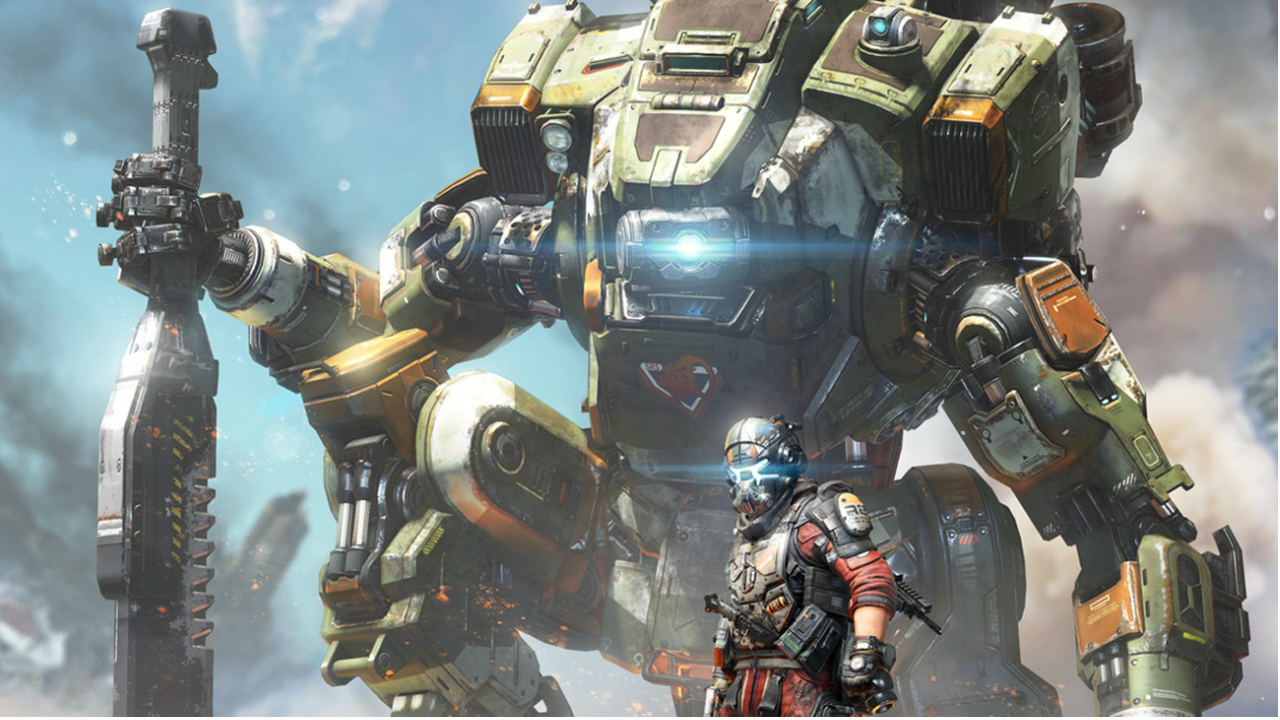
Doom 2016. That’s how we tend to refer to it, in order to distinguish the reboot from its ‘90s namesake. But the evocation of that time, in the conversations that still regularly happen around the game, feels important in itself. 2016 might as well have been year zero for the FPS.
Just as the world seemed to go to pot, the genre provided welcome distraction and catharsis, a healthy way to channel anger as sport and art. And Doom embodied the very best of it, balancing ferocity with fantasy and a playful sense of humour.
As it had before, id Software pointed the way to the future, with three crucial Ms: movement, melee, and the encroachment of multiplayer. It’s the latter that looks as if it’ll define the next generation of first-person shooters, revitalising the single-player campaign format that had previously threatened to turn stale and bloated.
Near-death experience
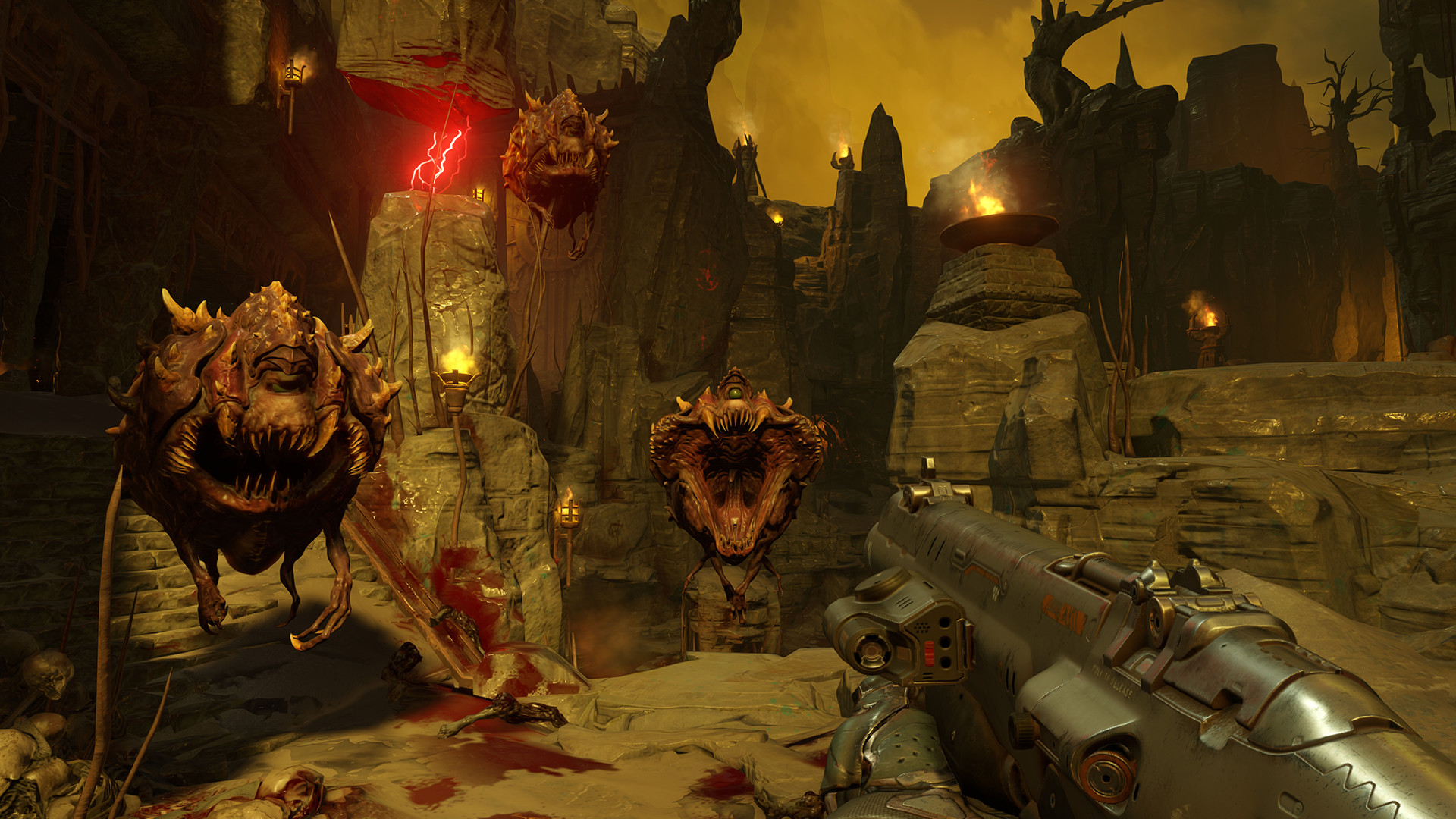
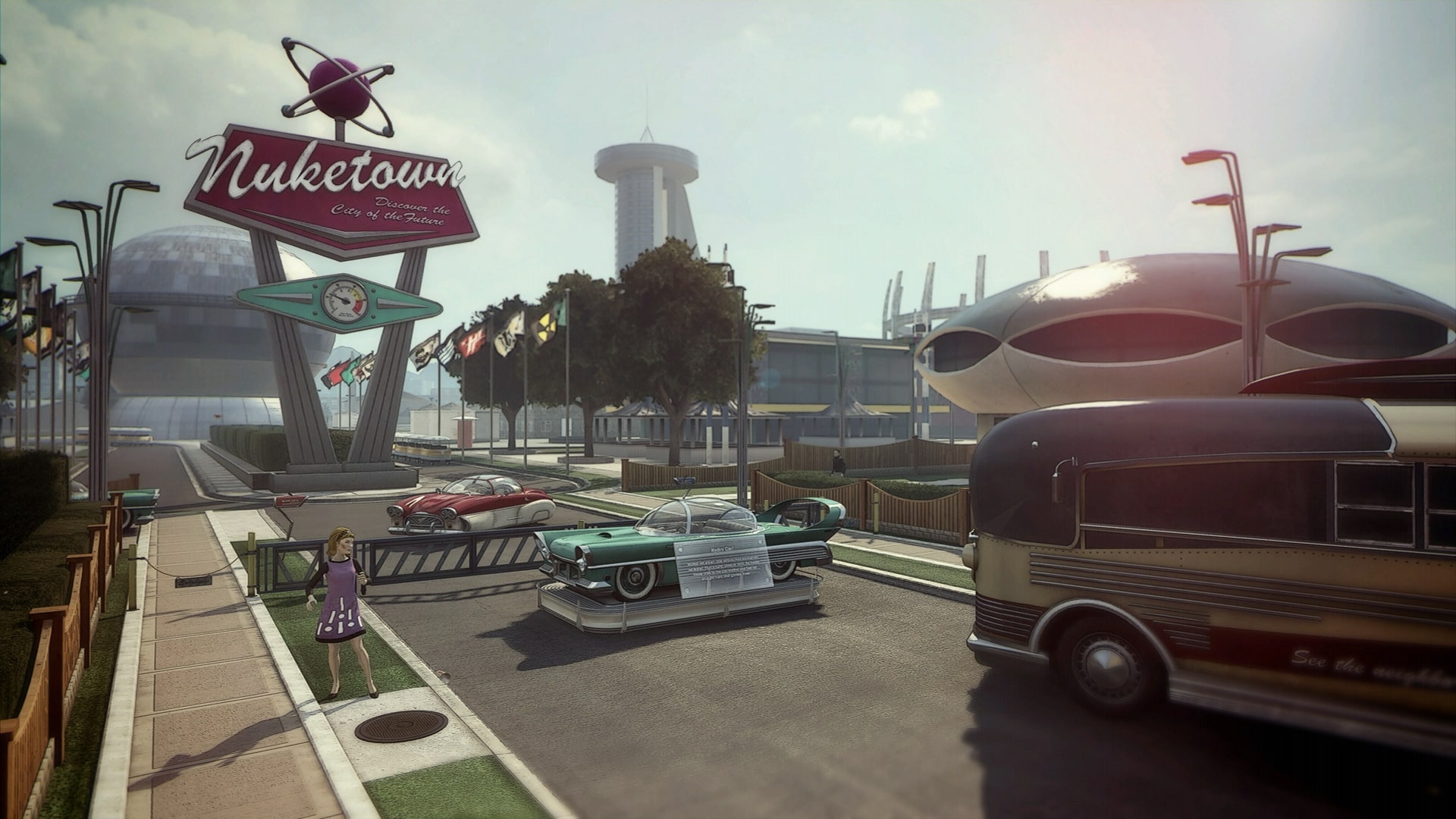
The real-life Nuketown: Where Call of Duty found its most iconic map
As the noughties ended, the FPS struggled to hold its place at the forefront of pop culture. Where once the genre had functioned as a showcase for advances in 3D technology – a way to push new hardware to extremes and impress your friends – it no longer had that advantage. The dawn of the PS4 and Xbox One cemented what PC gamers had already come to understand: graphical gains would be marginal, not revolutionary, from then on.
At the same time, AAA budgets rose to astronomical levels. A little over a decade before, Return to Castle Wolfenstein had been built by a team of 20; in 2013, the teams that made competitively beautiful shooters regularly hit three figures. The closure of Irrational Games after Bioshock Infinite can arguably be attributed to the spiralling cost of making FPS campaigns that lasted just a handful of hours before being returned to retailers.
There’s an alternate timeline in which the FPS simply became a niche interest. After all, in the previous generation, third-person shooters had come to dominate the mainstream – their perspective better suited to the character-driven storytelling that best showed off performance capture, a technology increasingly dominating the industry.
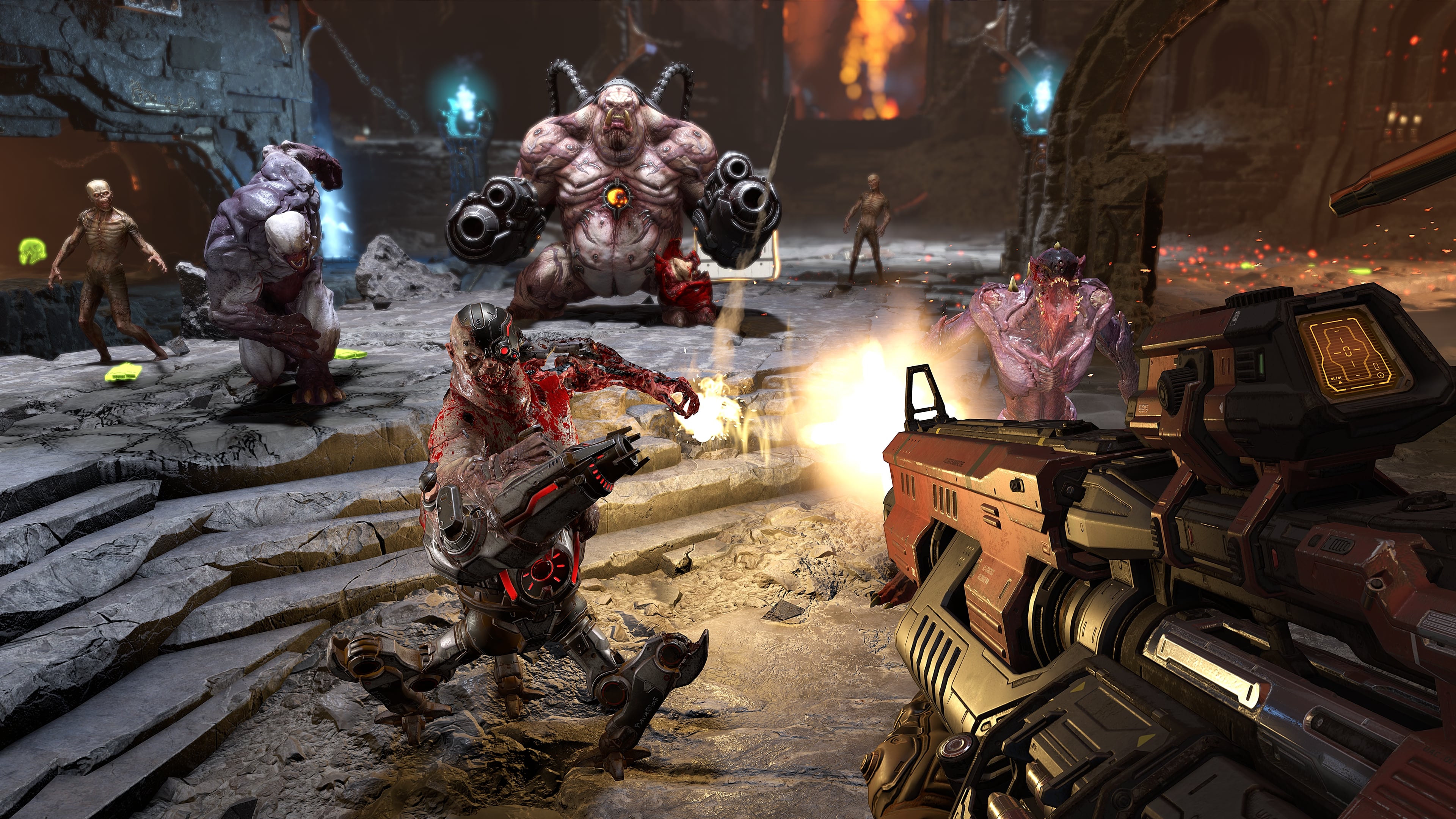
id Software encountered the same problems as anyone else while developing Doom 2016. It made a character-driven campaign shooter that resembled Call of Duty and Gears of War, which appeared to lead the player by the nose from set piece to set piece. Then it scrapped that game, and built a new one that made a virtue of its protagonist’s silence. Perhaps the Doom Slayer was too angry to speak, or merely embodied the classic FPS player: allergic to exposition, and impatient to get to the action.
Weekly digests, tales from the communities you love, and more
The Slayer also spent a disproportionate amount of time off the ground. Marty Stratton, Doom 2016’s director, had done time on the Quake Live team, and the influence of that game’s soaring combat is clear as day in Doom’s single-player. These were arenas built for vertical motion, stuffed with mantling points and, most tellingly, jump pads pulled directly from Quake.
Maybe it was already in the air, so to speak. Doom 2016 was preceded by Dying Light and Titanfall, two games that repurposed the first-person parkour of Mirror’s Edge with action in mind. And afterwards, Titanfall 2 leapfrogged Doom with a stellar campaign of its own. Ever since, traversal has been a key consideration for any mainstream FPS. Just look at Call of Duty, which for three iterations made jetpacks and wall-running a fundamental part of play. It’s fitting that the generation closed out with Apex Legends, the battle royale from the Titanfall team, in which you can still see echoes of that trademark mobility.
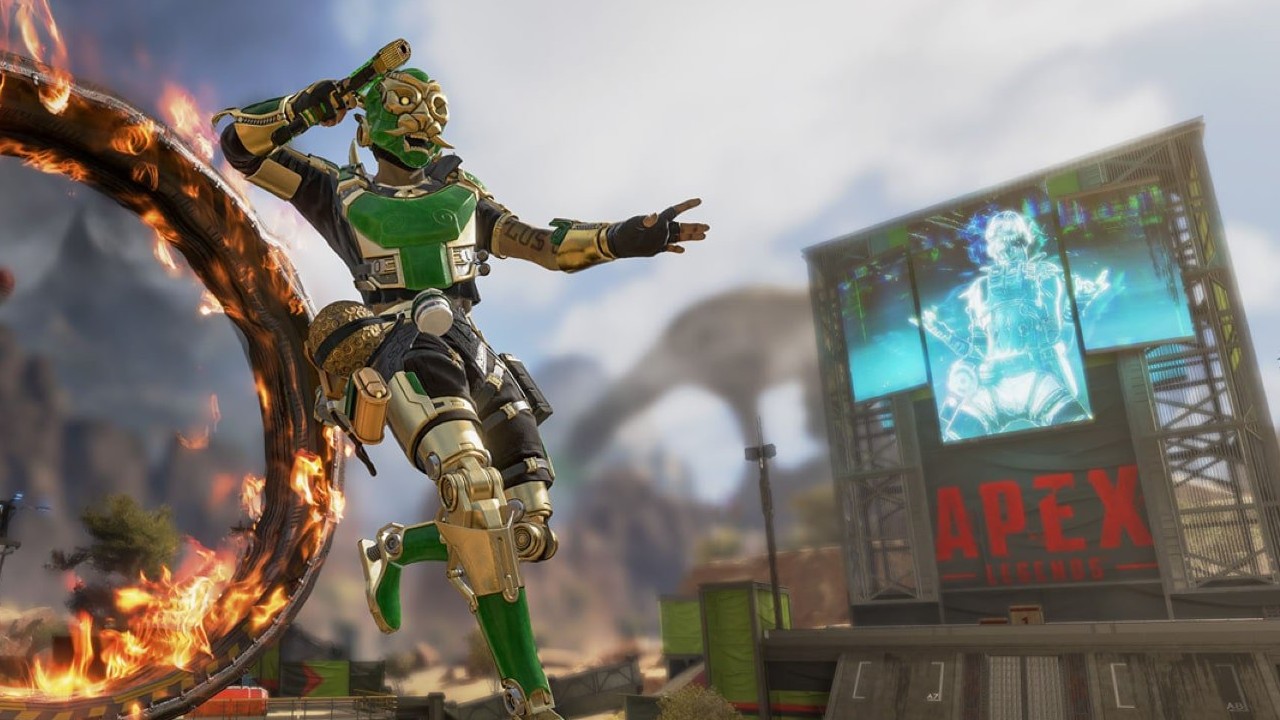
Doom 2016’s own trademark, however, wasn’t the arcing jumps but how you ended them – by plunging your hand into the eye socket of a cacodemon and plucking out the yellow-green orb within. The glory kill, more than any other mechanic in the last decade, has transformed the FPS.
It finally solved the problem of what to do when players closed the distance, making the traditional dance of the rifle-butts look clumsy and absurd. It allowed FPS developers to join in the elaborate animation choreography enjoyed by their peers working on third-person games. And it brought a sense of schlocky cinema to what otherwise might look like a camera bobbing through the terrain, never quite connecting with the world in front of it.
Most crucially, the glory kill introduced new punctuation to the genre. During heady and extended action sequences, it enabled a moment’s breathing room. As the gratuitous animation played out, you had a second to pick a direction and plan your next move. It’s an innovation that only this year has been picked up by Call of Duty. The ability to trigger melee takedowns or grab an enemy as a shield elevates Call of Duty: Black Ops Cold War’s campaign, acting as a comma in what had previously been a run-on sentence.
Victory in Verdansk

But of course, the COD that leaves the biggest, muddiest footprint this generation is Call of Duty: Warzone. Infinity Ward and Raven’s pandemic hit exemplifies the battle royale as it was first designed, before Fortnite went loud with it. It’s an evolution of the tactical stealth-shooter, with its roots in the military simulations built by developers like Bohemia Interactive. Let’s not forget that PUBG began as a variation on DayZ, which itself was a mod for Arma 2. Though developers have utterly failed to provide players with powerful and approachable modding tools this generation, the amateur creative scene continues to shape the FPS genre, just as it did in the original Doom’s day.
What DayZ, PUBG, and Warzone all have in common is their wide open space. It’s not just physical, but temporal. In the past, the time between player encounters in a multiplayer shooter was measured in seconds, not minutes. But in the survival-adjacent shooters that have hijacked the mainstream, silence is the norm. This new dynamic range has a predictable heightening effect on shootouts, leaving you drunk on adrenaline and scared out of your skin. It restores fear to its rightful place at the forefront of a life-or-death event.
Lesser known is the FPS that makes best use of this lesson – Hunt: Showdown. A mostly PvE experience about wading unseen through the haunted swampland of 19th century Louisiana, it could be mistaken for Crytek’s other, single-player shooters, like Far Cry or Crysis. That is until a surprise rival player pops up, and the game momentarily becomes a terrifying deathmatch. As in Doom 2016, the smartest FPS designers are folding the highlights of multiplayer into solo play. Only this time, they’re bringing the sentient enemies with them.
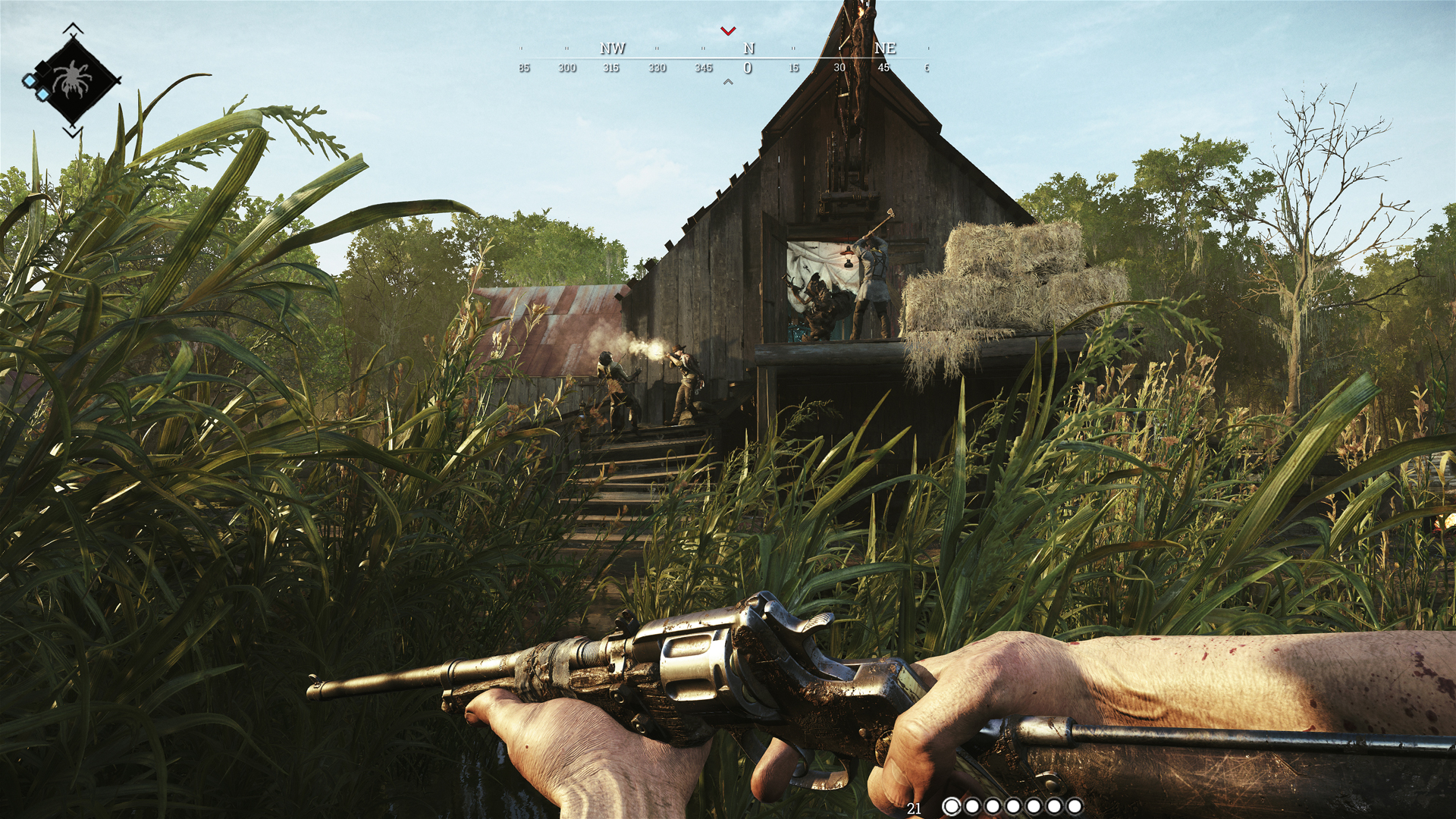
"The amateur creative scene continues to shape the FPS genre, just as it did in the original Doom’s day."
You can see a similar paradigm at work in Escape from Tarkov, which like Hunt uses the threat of gear loss to encourage caution. In these deafeningly quiet shooters, where the firing of a bullet is rare and consequential, avoidance is a valid approach to dealing with other players. And sound? That’s all-important, since listening is your best means of collecting life-saving information.
Gabe Newell – among other things, a master of the FPS – told Edge magazine this year that he expects game AI to reach human-equivalent intelligence within a decade, transforming single-player games. Perhaps that’ll be the defining characteristic of the first-person shooter in the generation after next.
For now, expect to see the genre pull the intelligence of actual humans into its campaigns – so that other players take on the role of the xenomorph in Alien: Isolation. That’s the premise of the upcoming Deathloop, a campaign FPS built around player interference.
And invasions are an intended feature of Doom Eternal too, with players taking on the role of the demons, though they’ve clearly given id Software some trouble – missing launch in March, they're still planned for a future update. Personally, I’m inclined to cut id some slack: having already defined this generation of shooters, the studio should be allowed to take its time in shaping the next.
For more, check out the best Call of Duty games to play right now, or watch our full review of Watch Dogs Legion in the video below.
Jeremy is a freelance editor and writer with a decade’s experience across publications like GamesRadar, Rock Paper Shotgun, PC Gamer and Edge. He specialises in features and interviews, and gets a special kick out of meeting the word count exactly. He missed the golden age of magazines, so is making up for lost time while maintaining a healthy modern guilt over the paper waste. Jeremy was once told off by the director of Dishonored 2 for not having played Dishonored 2, an error he has since corrected.



